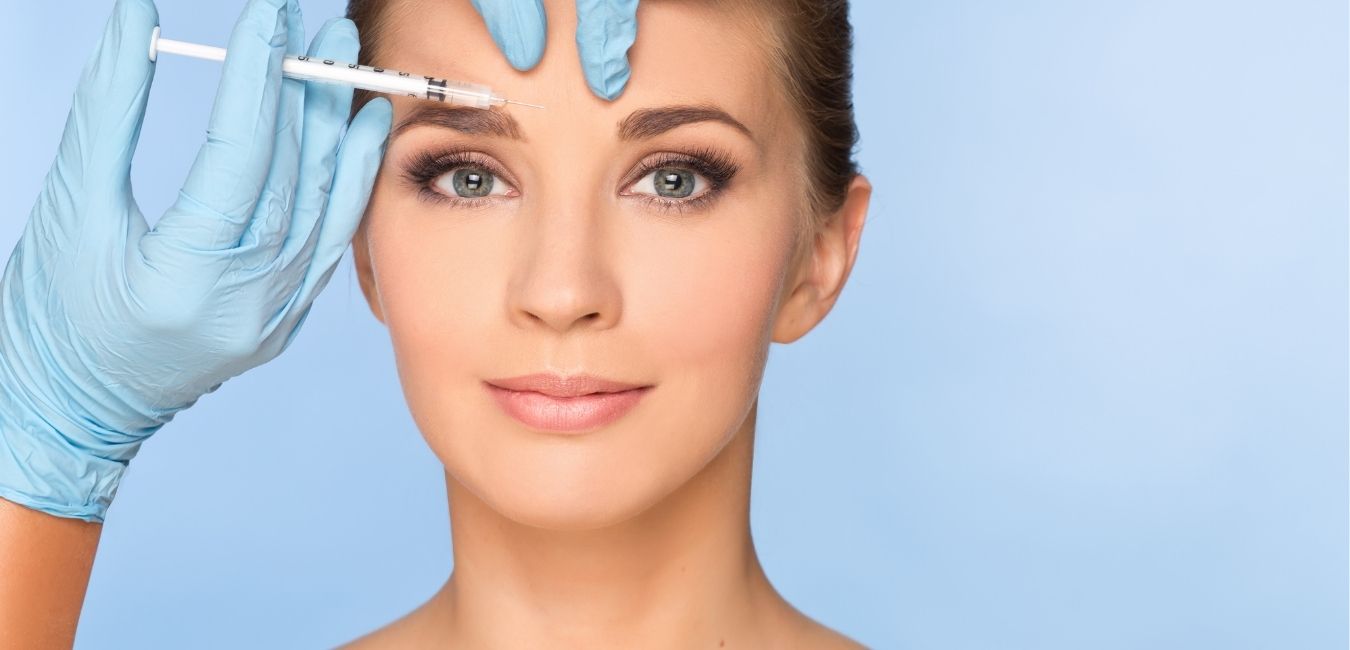
The decision to receive Botox (botulinum toxin) injections is often made with excitement, anticipating the smoothing of dynamic wrinkles and a refreshed facial appearance. Yet, the success of this widely popular procedure is not solely determined by the skill of the injector; it is equally reliant on the patient’s diligent adherence to specific post-treatment instructions. The period immediately following the injection, particularly the first 4 to 6 hours and the subsequent 48-hour window, is remarkably vulnerable. During this time, the botulinum toxin molecules, which are strategically placed to temporarily relax targeted facial muscles, have not yet fully bound to their receptor sites. Simple, seemingly innocuous actions—ranging from vigorous exercise to applying external pressure—can inadvertently cause the product to migrate away from the intended muscle group, leading to unwanted effects such as eyelid drooping (ptosis), asymmetry, or inadequate wrinkle reduction. Understanding these crucial mechanisms and the common mistakes that undermine the treatment is the key to safeguarding your investment and ensuring the precise, desired outcome.
The Critical 4 to 6 Hours: Avoiding External Pressure and Migration
The period immediately following the injection, particularly the first 4 to 6 hours and the subsequent 48-hour window, is remarkably vulnerable.
The most frequent and potentially detrimental mistake made in the immediate aftermath of a Botox treatment occurs within the first few hours. The fluid containing the botulinum toxin is injected into a small, targeted area, and the goal is to keep it localized. Applying external pressure—which can be done unconsciously—before the molecules have settled and begun the binding process is the primary risk factor for product migration. Common actions to avoid include rubbing or massaging the injection sites, aggressively washing the face, wearing tight headbands or hats that press directly on the forehead, or even participating in facial treatments like dermaplaning or microdermabrasion. Lying down flat is also discouraged during this initial period, as gravity can facilitate the movement of the toxin. The simple act of remaining upright and avoiding all tactile manipulation is the single most important rule to prevent the diffusion of the toxin into adjacent, non-target muscles, such as those that control the elevation of the eyelids or eyebrows.
Postponing Exercise: The Effect of Increased Blood Flow
The surge in blood pressure and vasodilation experienced during intense physical activity can theoretically accelerate the clearance of the product from the local injection site.
Another widely overlooked pitfall is the timing of exercise. While a gentle walk is generally permissible, vigorous physical activity, including high-intensity interval training (HIIT), heavy weightlifting, or any exercise that significantly increases heart rate and blood flow to the face, should be postponed for at least 24 to 48 hours. The surge in blood pressure and vasodilation experienced during intense physical activity can theoretically accelerate the clearance of the product from the local injection site, effectively washing some of the toxin away before it has had sufficient time to fully engage with the muscle receptors. Furthermore, exercise often involves facial contortions, sweating, and the possible need to wear tight protective gear or headwear, all of which compromise the delicate, settling process. Prioritizing rest and low-exertion activities during this crucial early phase helps ensure that the maximum therapeutic concentration of the product remains precisely where the injector intended.
Lying Flat: Managing Positional Risks and Gravity
Lying down flat is also discouraged during this initial period, as gravity can facilitate the movement of the toxin.
The advice to remain upright for the first few hours extends to the post-injection sleeping position. The mistake here is not just about the immediate four-hour window but about the patient’s behavior during the first night. Patients should avoid lying completely flat and, if possible, sleep with the head slightly elevated using an extra pillow. This positional precaution minimizes the influence of gravity on the still-mobile toxin. More importantly, it helps prevent the face from being compressed or pushed against a pillow, which creates the very type of focused external pressure that can displace the toxin. For those who received injections around the eyes or forehead, sleeping on the back, rather than the stomach or side, offers an added layer of protection against inadvertent migration to the muscles that control eyelid or eyebrow movement. Adhering to this simple positional guidance dramatically reduces the risk of asymmetry or temporary unwanted drooping.
Heat Exposure: Impact on Product Integrity
Any exposure to intense heat within the first 48 to 72 hours should be rigorously avoided.
The stability and efficacy of botulinum toxin are sensitive to temperature fluctuations. Any exposure to intense heat within the first 48 to 72 hours should be rigorously avoided. This includes spending time in saunas, hot tubs, steam rooms, or engaging in strenuous activities outdoors under direct, hot sun. The mechanism is two-fold: first, heat causes significant vasodilation, which, like vigorous exercise, increases blood flow and potentially the clearance rate of the product from the target area. Second, there is a theoretical concern that excessive local heat could, in some way, compromise the integrity of the protein structure of the botulinum toxin itself, although clinical evidence for this remains limited. Nonetheless, medical consensus strongly advises patients to keep their body and facial temperature stable and avoid environments that induce prolonged or intense facial flushing or sweating, which could diminish the final effectiveness of the treatment.
Consuming Alcohol: Systemic Effects on Bruising and Swelling
Alcohol is a known vasodilator and a potent blood thinner, both of which work directly against minimizing the common post-injection side effects of bruising and swelling.
The consumption of alcoholic beverages immediately before and immediately after Botox injections is a common mistake that, while not directly causing migration, severely exacerbates the unwanted side effects. Alcohol is a known vasodilator and a potent blood thinner, both of which work directly against minimizing the common post-injection side effects of bruising and swelling. By dilating blood vessels, alcohol increases the likelihood of bleeding at the injection site, leading to more extensive and prolonged bruising. Patients are typically advised to abstain from alcohol for at least 24 hours before the procedure and for at least 24 to 48 hours afterward. This abstinence allows the circulatory system to function normally, promoting quicker clotting at the tiny needle sites and ensuring that any residual inflammation is managed without the compounding effects of systemic vasodilation, leading to a faster and cleaner recovery.
Mismanaging Post-Injection Discomfort: Relying on NSAIDs
Many over-the-counter pain relievers, particularly Nonsteroidal Anti-inflammatory Drugs (NSAIDs) like ibuprofen or aspirin, possess blood-thinning properties.
The mild discomfort, headache, or tenderness that sometimes follows Botox injections is a minor inconvenience that can, paradoxically, lead to another common mistake. In an effort to manage this temporary discomfort, patients might reach for their usual over-the-counter pain relievers. However, many over-the-counter pain relievers, particularly Nonsteroidal Anti-inflammatory Drugs (NSAIDs) like ibuprofen or aspirin, possess blood-thinning properties. Similar to alcohol, these drugs can increase the risk of bruising and bleeding at the injection sites. Clinicians typically recommend that patients abstain from these medications for several days before the treatment and, if pain relief is absolutely necessary afterward, to use acetaminophen (paracetamol) instead, as it does not interfere with the clotting cascade. This selective choice of analgesic is an often-missed, yet critical, detail in minimizing visible signs of the procedure.
Premature Retreatment: Not Allowing Full Efficacy Time
Expecting the full effect of the injections to be visible within 24 or 48 hours is a common source of patient frustration and leads to the mistake of requesting premature ‘touch-ups’.
Botox does not work instantly. Expecting the full effect of the injections to be visible within 24 or 48 hours is a common source of patient frustration and leads to the mistake of requesting premature ‘touch-ups’. The neurotoxin requires a significant amount of time to be absorbed, travel to the neuromuscular junction, and block the release of acetylcholine. While some muscle relaxation may be noted within 3 to 4 days, the peak therapeutic effect typically occurs at 10 to 14 days post-injection. Attempting to add more units or “correct” a perceived asymmetry or incomplete result before this two-week mark is highly ill-advised. It can lead to overcorrection, unnecessary financial expenditure, and increased risk of complication. Both the patient and the injector must exercise patience, waiting the full two weeks before assessing the final results and deciding if a subtle adjustment is genuinely required.
Ignoring Underlying Causes: Focusing Only on the Toxin
Botox is a targeted tool for dynamic wrinkles caused by muscle movement, but it cannot fundamentally alter the static lines that have permanently etched themselves into the skin.
A less immediate but crucial mistake is believing that Botox alone is the final solution for all signs of facial aging. Patients sometimes fail to recognize that the injection is a targeted tool for dynamic wrinkles caused by muscle movement, but it cannot fundamentally alter the static lines that have permanently etched themselves into the skin due to chronic collagen loss and sun damage. Furthermore, ignoring the underlying skin quality issues, such as severe dehydration, sun exposure, or lack of topical retinoid use, will limit the aesthetic return on the Botox investment. The toxin works best when integrated into a comprehensive anti-aging strategy that includes high-quality skincare, regular sun protection (SPF), and potentially other modalities like dermal fillers or skin resurfacing treatments to address texture, volume loss, and static lines. Expecting the toxin to perform beyond its mechanism of action is a recipe for dissatisfaction.
Missing the Follow-Up: Assessing and Documenting Results
The follow-up appointment, typically scheduled around the two-week mark, is not a minor formality; it is a critical opportunity for the patient and injector to objectively assess the final result.
The follow-up appointment, typically scheduled around the two-week mark, is not a minor formality; it is a critical opportunity for the patient and injector to objectively assess the final result. Skipping this appointment is a significant mistake, as it prevents the injector from documenting the treatment’s efficacy, noting any minor asymmetries, and making necessary, small touch-ups that often perfect the outcome. This session is crucial for data collection; the injector uses the gathered information—where the patient still has movement, which side needs a fractional unit more, or if a slight brow height discrepancy exists—to refine the dosing and injection pattern for all future treatments. This continuous, documented assessment is what leads to consistently optimal results over time, turning a one-off procedure into a personalized, highly effective maintenance plan.
The Long-Term Misstep: Delaying Retreatment
Allowing muscle movement to fully return and wrinkles to completely re-establish themselves before seeking the next treatment session is counterproductive.
The final common mistake pertains to the long-term maintenance schedule. Botox is a temporary treatment, with effects typically lasting three to four months. Allowing muscle movement to fully return and wrinkles to completely re-establish themselves before seeking the next treatment session is counterproductive. The most effective use of Botox is a preventative one; maintaining a consistent treatment schedule, often referred to as “staying ahead of the crease,” ensures that the targeted muscles remain relaxed and are unable to continuously fold the skin. This prevents the dynamic lines from evolving into deep, intractable static lines over time. By retreating slightly before the previous dose has entirely worn off (e.g., scheduling the next appointment around the 3-to-3.5-month mark), the patient maximizes the long-term wrinkle-preventing benefits, preserving collagen and achieving a continuously smoother and more youthful skin appearance.
